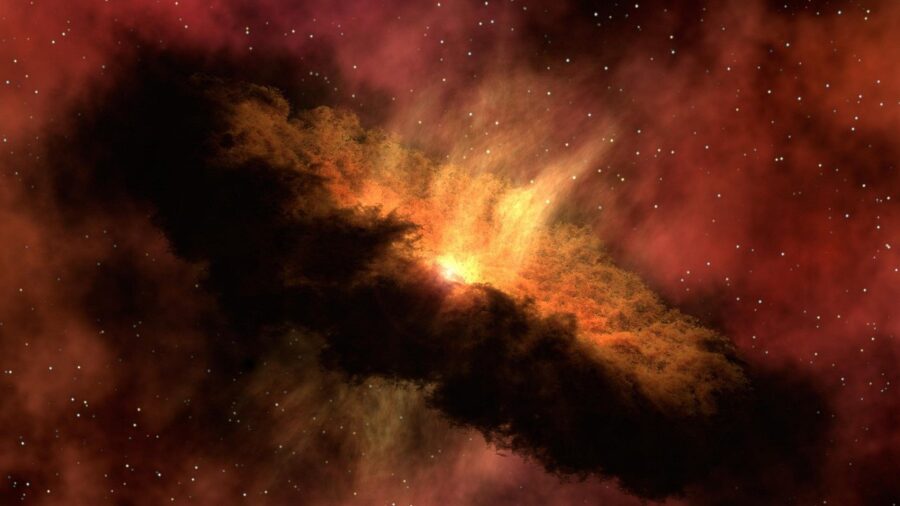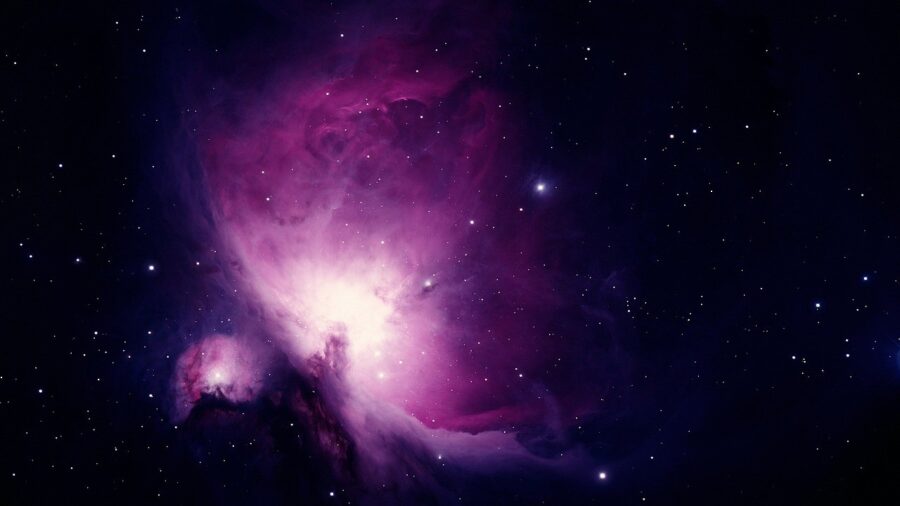JWST Captures Ancient Galaxies That Shouldn’t Exist

Space, the final frontier, and one filled with many wonders—some of which still puzzle scientists. Abiding by the rules of space and time, the further away we look in space, the further away we look in time as well. But the newest data from the James Webb Space Telescope revealed that some ancient galaxies appear to have formed, matured, and had fully formed stars far earlier than our models predicted, which, theoretically, shouldn’t be possible.
According to Science Focus, the fact that JWST sent images of distant ancient galaxies that appear fully formed and matured far earlier than our models predicted is enough to call into question our entire cosmic timeline. In other words, it might seem that the Universe is older than 13.8 billion years.
Researchers compared the situation with flipping through someone’s old photo album expecting to find their baby pictures, only to see a full-grown adult instead. However, there might be an easy explanation for that case: the person you’re observing might be older than you originally thought.

However, things aren’t as simple when it comes to ancient galaxies, as you quickly run into a problem with the very age of the Universe. The pictures and data JWST sent are those of ancient galaxies so distant that we’re basically looking at 13 billion years in the past.
What’s confusing is that judging from the data, they were fully formed at that point. Theoretically, this shouldn’t be possible based on our observational and theoretical knowledge about the age of the Universe because there hasn’t been enough time since the Big Bang for massive galaxies to fully form.
The fact that JWST sent images of distant ancient galaxies that appear fully formed and matured far earlier than our models predicted is enough to call into question our entire cosmic timeline.
This is something we previously discussed in a separate article about the James Webb Space Telescope and ancient galaxies, and while that data also didn’t align with all the prediction models, it didn’t threaten to challenge our understanding of the Universe.
And to be entirely honest, neither does this. Despite all the flashy headlines across various media that the new observations challenge the Big Bang theory, the reality is quite different because JWST doesn’t always convey information in a straightforward manner.
While the images captured by JWST look absolutely stunning, and the most ancient galaxies are actually the least discernable little dots on the .jpeg you might’ve downloaded from your internet browser, the most information we receive from these images is actually the light’s spectrum, or how much light is arriving at different wavelengths.
New data from the James Webb Space Telescope revealed that some ancient galaxies appear to have formed, matured, and had fully formed stars far earlier than our models predicted, which, theoretically, shouldn’t be possible.
We won’t dive into how this works, but it allows us to determine at what moment in the history of the Universe we’re actually looking at by telling us how much light has been stretched by cosmic expansion while also determining the contents of the observed galaxy.
The ancient galaxies in question appear to have been formed within the first 400 million years after the Big Bang. But therein lies the problem, as many of these galaxies appear to have fully formed suns and suns that are too old for the short time in which they have lived.
This only begs further questions. Are our measurements inaccurate? Are our models, based on closer galaxies, wrong in this scenario? Did the star formation happen more rapidly due to different physical conditions in the early Universe? Or was the Universe just more time-efficient in the beginning?












